Lake Maracaibo In Venezuela Gets Struck By Lightning More Than 200 Times Every Year – That’s More
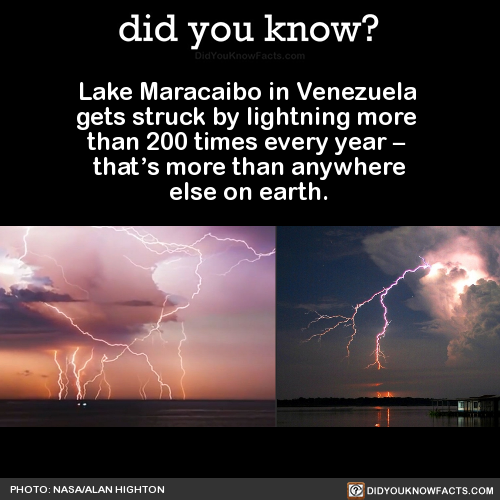
Lake Maracaibo in Venezuela gets struck by lightning more than 200 times every year – that’s more than anywhere else on earth. Source
Fve-miles above Lake Maracaibo, storm clouds gather up to 160 nights per year and can last for up to 10 hours.

More Posts from Saients and Others
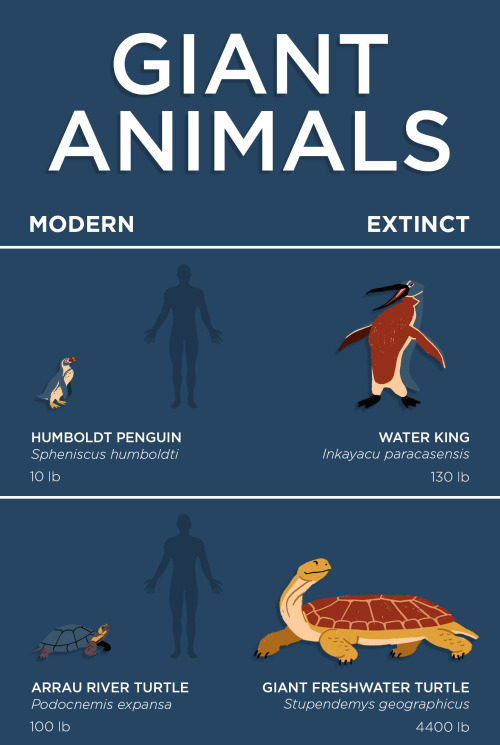
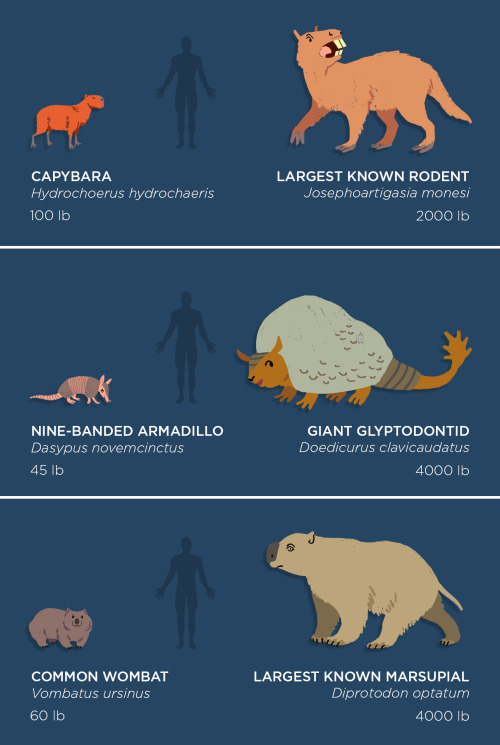
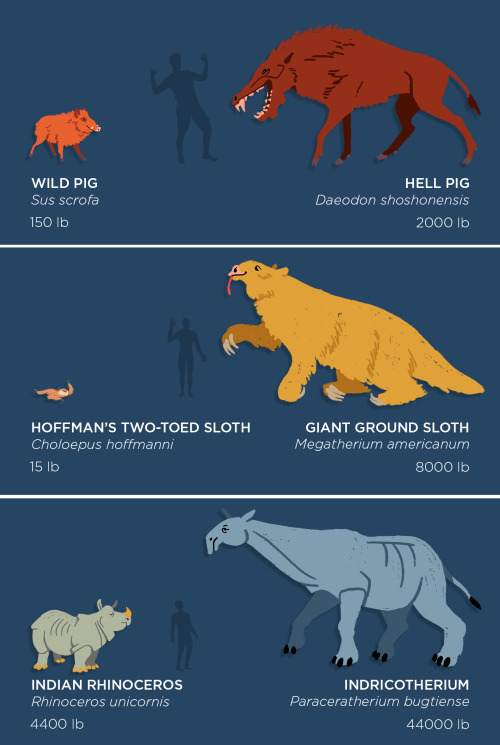
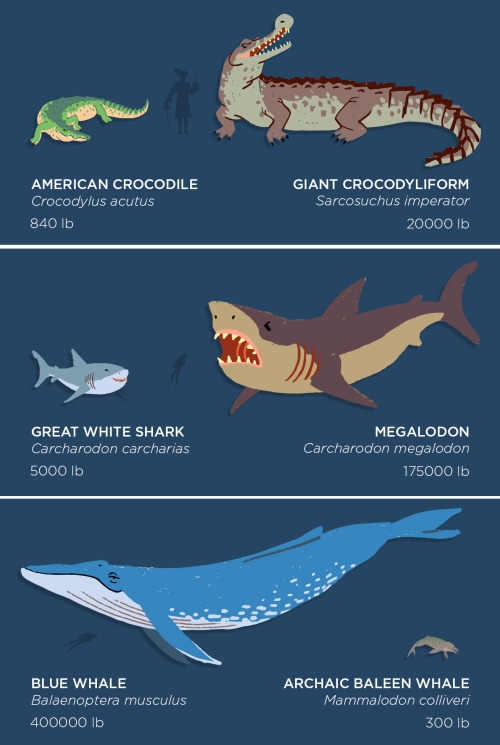

NASA astronaut Peggy Whitson becomes first woman to command ISS twice
NASA astronaut Peggy Whitson achieved a new milestone at the International Space Station on Sunday, when she became the first woman to command the ISS twice.
Whitson is replacing astronaut Robert Shane Kimbrough, who will depart the space station Monday.
“Up here we don’t wear shoes, but Shane is leaving me some pretty big socks to fill,” Whitson said during a live broadcast as she assumed her new position. Read more. (4/9/2017 3:40 PM)


The Drake Equation
In 1961, following an early SETI experiment using radio telescopes called Project Ozma, astronomer Frank Drake arranged a historic meeting at the National Radio Astronomy Observatory in Green Bank, West Virginia. The ten attendees - among them a young Carl Sagan - discussed the feasibility and methodology of detecting extraterrestrial civilizations using radio astronomy. They formulated the Drake Equation - a rough, speculative means of estimating the possible number of current technologically-advanced civilizations in the galaxy.
N = the number of advanced extraterrestrial civilizations potentially detectable by radio signals in the Milky Way Galaxy.
Depending on the values used for each variable, N can work out to be hundreds of thousands or more, or very few.
R* = Rate of new star formation.
One estimate is 7 stars per year.
Fp = Percentage of stars with planetary systems around them.
New solar systems are being discovered every year.
Ne = Number of planets per star system capable of sustaining life.
Depending upon the temperature, type, and size of the star, the habitable zone of a planet for Earth-like life may be nearer or further from its star. Based on our own solar system, we might guess 1 or 2.
Fl = Fraction of those planets upon which life appears.
How many of those habitable planets upon which life has developed is difficult to estimate. In our own solar system, it’s at least 1 - there is a good chance that at one point, life developed on Mars, though traces of it have yet to be found.
Fi = Fraction of those planets where intelligent life appears.
Estimates vary wildly. We know it’s happened at least once here on Earth. As ‘intelligence’ is subjective, it may be that it has developed in other non-human, communicating species, like whales.
Fc = Fraction of those societies that develop advanced communication technology and send signals into space.
Intentional or unintentional, other civilizations might transmit identifiable signals into outer space that modern Earth technology could pick up.
L = Lifetime of communicative civilizations.
Do technologically-capable civilizations inevitably self-destruct, or can they last forever? This is an immensely uncertain question. We’ve been communicating with radio waves for fewer than 100 years, with the long-term survival of our species and our status as ‘technological’ uncertain.
Hues in a Crater Slope
by NASA’s Marshall Space Flight Center Impact craters expose the subsurface materials on the steep slopes of Mars. However, these slopes often experience rockfalls and debris avalanches that keep the surface clean of dust, revealing a variety of hues, like in this enhanced-color image from NASA’s Mars Reconnaissance Orbiter, representing different rock types. The bright reddish material at the top of the crater rim is from a coating of the Martian dust. The long streamers of material are from downslope movements. Also revealed in this slope are a variety of bedrock textures, with a mix of layered and jumbled deposits. This sample is typical of the Martian highlands, with lava flows and water-lain materials depositing layers, then broken up and jumbled by many impact events. This image was acquired by the High Resolution Imaging Science Experiment (HiRISE) camera on Feb. 28, 2011 at 15:24 local Mars time. It is a stereo pair with image ESP_021454_1550. The University of Arizona, Tucson, operates HiRISE, which was built by Ball Aerospace & Technologies Corp., Boulder, Colo. NASA’s Jet Propulsion Laboratory, a division of Caltech in Pasadena, California, manages the Mars Reconnaissance Orbiter Project for NASA’s Science Mission Directorate, Washington. Image Credit: NASA/JPL/University of Arizona Caption: Alfred McEwen NASA Media Usage Guidelines
some of my favourite absolutely SICK facts about the trappist-1 exoplanets: - theyre all very close to one another and to their star, so the length of a year on them varies from 1 to 20 DAYS - since they’re so close, the star appears a lot bigger than our sun from earth, and from one planet you could easily see the rest, some would even appear bigger than the moon from earth. you could literally see the surface of another planet with the naked eye!!! - they’re probably tidally locked to their star like our moon is locked to earth, meaning only one side of a planet ever faces the star, and on the other side it’s always night. the sun never sets or rises on any of the planets - the star is red, so the sunlight is red/orange, meaning if, for example, plants were to grow there, they could be black and that’s just what we know now, imagine how much cool stuff we have yet to discover about the trappist-1 system




New comic! (link)
I’m going to be honest, this it the most I have ever used the science courses I took in undergrad. Glad all those thousands of dollars finally paid off.










Newest LIGO Signal Raises A Huge Question: Do Merging Black Holes Emit Light?
“The second merger held no such hints of electromagnetic signals, but that was less surprising: the black holes were of significantly lower mass, so any signal arising from them would be expected to be correspondingly lower in magnitude. But the third merger was large in mass again, more comparable to the first than the second. While Fermi has made no announcement, and Integral again reports a non-detection, there are two pieces of evidence that suggest there may have been an electromagnetic counterpart after all. The AGILE satellite from the Italian Space Agency detected a weak, short-lived event that occurred just half a second before the LIGO merger, while X-ray, radio and optical observations combined to identify a strange afterglow less than 24 hours after the merger.”
Whenever there’s a catastrophic, cataclysmic event in space, there’s almost always a tremendous release of energy that accompanies it. A supernova emits light; a neutron star merger emits gamma rays; a quasar emits radio waves; merging black holes emit gravitational waves. But if there’s any sort of matter present outside the event horizons of these black holes, they have the potential to emit electromagnetic radiation, or light signals, too. Our best models and simulations don’t predict much, but sometimes the Universe surprises us! With the third LIGO merger, there were two independent teams that claimed an electromagnetic counterpart within 24 hours of the gravitational wave signal. One was an afterglow in gamma rays and the optical, occurring about 19 hours after-the-fact, while the other was an X-ray burst occurring just half a second before the merger.
Could either of these be connected to these merging black holes? Or are we just grasping at straws here? We need more, better data to know for sure, but here’s what we’ve got so far!

The tail of a 99-million-year-old dinosaur, including bones, soft tissue, and even feathers, has been found preserved in amber, according to a report published today in the journal Current Biology.

A micro-CT scan of the delicate feathers that cover the dinosaur tail. Image: Lida Xing.
While individual dinosaur-era feathers have been found in amber, and evidence for feathered dinosaurs is captured in fossil impressions, this is the first time that scientists are able to clearly associate well-preserved feathers with a dinosaur, and in turn gain a better understanding of the evolution and structure of dinosaur feathers.
We clearly need a new Jurassic Park movie featuring cute feathery dinosaurs.

A reconstruction of a small coelurosaur Credit: Chung-tat Cheung
-
 heckcareoxytwit liked this · 4 months ago
heckcareoxytwit liked this · 4 months ago -
 just-a-weird-person reblogged this · 2 years ago
just-a-weird-person reblogged this · 2 years ago -
 kallister-kaleidoscope liked this · 2 years ago
kallister-kaleidoscope liked this · 2 years ago -
 just-a-weird-person liked this · 2 years ago
just-a-weird-person liked this · 2 years ago -
 jenjensd reblogged this · 2 years ago
jenjensd reblogged this · 2 years ago -
 jenjensd liked this · 2 years ago
jenjensd liked this · 2 years ago -
 swimmingcomicbookscomicsflap liked this · 2 years ago
swimmingcomicbookscomicsflap liked this · 2 years ago -
 vo-kopen reblogged this · 2 years ago
vo-kopen reblogged this · 2 years ago -
 oxymitch-archive reblogged this · 2 years ago
oxymitch-archive reblogged this · 2 years ago -
 llamaonesie liked this · 5 years ago
llamaonesie liked this · 5 years ago -
 p1nkwitch reblogged this · 5 years ago
p1nkwitch reblogged this · 5 years ago -
 minzeysparkleisperfect8 liked this · 5 years ago
minzeysparkleisperfect8 liked this · 5 years ago -
 yeshuaolivia reblogged this · 5 years ago
yeshuaolivia reblogged this · 5 years ago -
 blacklilly27 liked this · 5 years ago
blacklilly27 liked this · 5 years ago -
 lisidnc liked this · 5 years ago
lisidnc liked this · 5 years ago -
 sturdynailing-blog liked this · 6 years ago
sturdynailing-blog liked this · 6 years ago -
 notawakeforyou reblogged this · 6 years ago
notawakeforyou reblogged this · 6 years ago -
 moirasrecords reblogged this · 6 years ago
moirasrecords reblogged this · 6 years ago -
 theedifier reblogged this · 7 years ago
theedifier reblogged this · 7 years ago -
 pugsagainsthumanity liked this · 7 years ago
pugsagainsthumanity liked this · 7 years ago -
 omgswingingformars liked this · 8 years ago
omgswingingformars liked this · 8 years ago -
 autijacen liked this · 8 years ago
autijacen liked this · 8 years ago -
 gvthnx reblogged this · 8 years ago
gvthnx reblogged this · 8 years ago -
 tennis-836-bitch liked this · 8 years ago
tennis-836-bitch liked this · 8 years ago -
 onthebirdroads reblogged this · 8 years ago
onthebirdroads reblogged this · 8 years ago -
 kpgreenleaf liked this · 8 years ago
kpgreenleaf liked this · 8 years ago -
 ithinkinamber reblogged this · 8 years ago
ithinkinamber reblogged this · 8 years ago -
 bright-grey-skies liked this · 8 years ago
bright-grey-skies liked this · 8 years ago -
 coyotepoet liked this · 8 years ago
coyotepoet liked this · 8 years ago -
 thatonepinkdress900-blog liked this · 8 years ago
thatonepinkdress900-blog liked this · 8 years ago -
 artisticfrnkiero liked this · 8 years ago
artisticfrnkiero liked this · 8 years ago -
 dutchfruitjar reblogged this · 8 years ago
dutchfruitjar reblogged this · 8 years ago -
 dutchfruitjar liked this · 8 years ago
dutchfruitjar liked this · 8 years ago -
 elawl reblogged this · 8 years ago
elawl reblogged this · 8 years ago -
 watchthirdlife liked this · 8 years ago
watchthirdlife liked this · 8 years ago -
 flyinpapercranes-blog liked this · 8 years ago
flyinpapercranes-blog liked this · 8 years ago -
 vapingjourney-blog liked this · 8 years ago
vapingjourney-blog liked this · 8 years ago -
 phatfred reblogged this · 8 years ago
phatfred reblogged this · 8 years ago -
 iamprincessdave-blog liked this · 8 years ago
iamprincessdave-blog liked this · 8 years ago
Stardate: 2258.42...or, uh, 4... Whatever. Life is weird, at least we've got science.
75 posts
